Exploring unique foods from around the world can open a window into diverse cultures and unexpected flavors. Each dish has a story that reflects its country’s traditions, environment, and tastes. Some of these may surprise, thrill, or even challenge your taste buds, but they each offer a glimpse into culinary practices that go back centuries. Dive in and discover some of the world’s most unique delicacies that might surprise you!
Kangaroo Steak
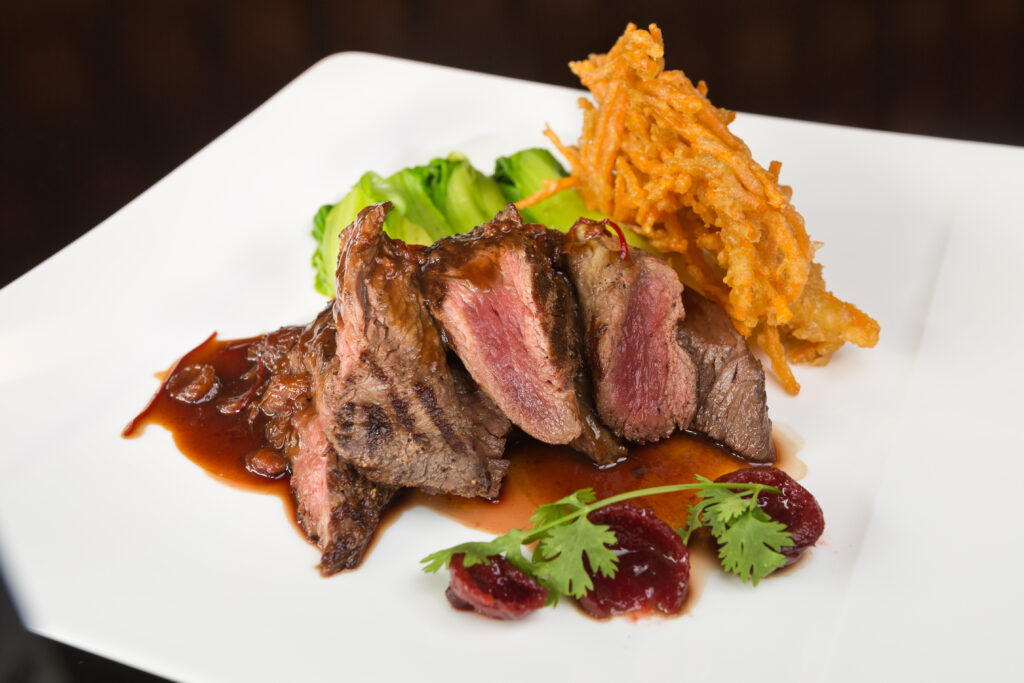
In Australia, kangaroo steak is a staple that combines unique flavors with sustainable sourcing. This lean, gamey meat, often grilled, is prized for its low fat content and high protein value. It has a robust taste reminiscent of venison, offering a bolder flavor profile than beef or lamb. Sourcing kangaroo is environmentally conscious, as kangaroos are abundant and require minimal resources compared to traditional livestock. Many enjoy it medium-rare to preserve tenderness, and it pairs well with native spices and herbs. This dish exemplifies the connection between food and sustainability in Australian cuisine, making it a true culinary experience. Kangaroo meat is often accompanied by indigenous sauces, like bush tomato or pepperberry, enhancing its authentic flavor.
Fried Tarantulas
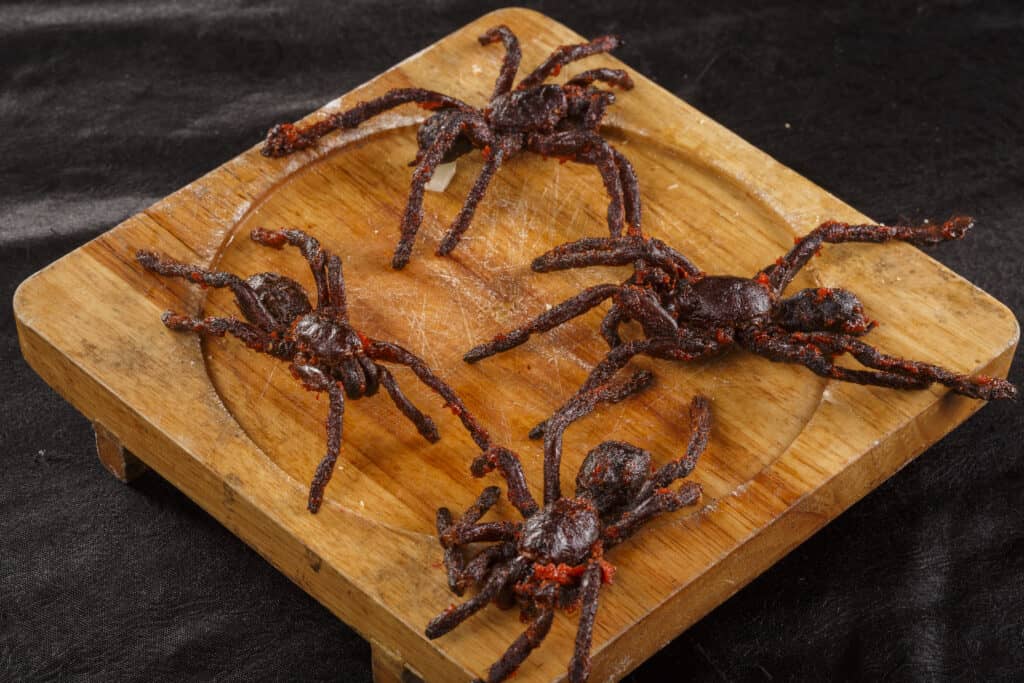
Fried tarantulas are a street food specialty in Cambodia, particularly popular in rural regions. The spiders are seasoned and deep-fried, achieving a crispy exterior with a soft, tender interior. This dish is said to taste somewhat like chicken or crab, offering a unique texture and flavor blend. They became popular during food shortages in Cambodia and have since become a cultural delicacy. Beyond their novelty, they provide protein and are considered an adventurous snack for the daring. Fried tarantulas represent the resilience and resourcefulness of Cambodian cuisine. They are usually served with a pinch of salt and lime to elevate their distinct taste.
Hákarl
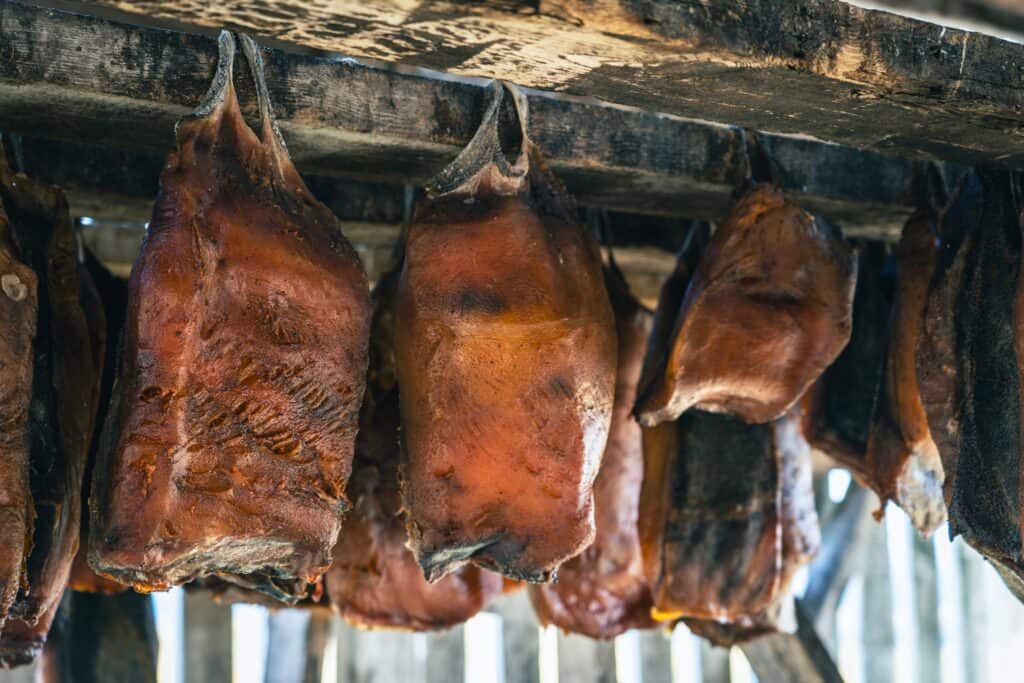
Hákarl is a traditional Icelandic dish made from fermented shark meat, known for its intense ammonia smell and strong taste. Prepared over several months, this delicacy involves hanging shark meat to ferment and soften. Its potent smell can deter many, yet Icelanders celebrate it as a cultural symbol. It showcases Iceland’s history, where preserving food in a harsh climate was essential for survival. It is enjoyed during festivals, particularly the midwinter Thorrablot, and is often paired with schnapps to balance its bold flavor. This dish remains a testament to Iceland’s unique food heritage. Icelanders describe it as a test of bravery for newcomers.
Century Egg

The century egg, or “hundred-year egg,” is a traditional Chinese delicacy made by preserving eggs in a mixture of clay, ash, and salt for several weeks or months. This process transforms the egg’s texture and color, creating a jelly-like dark green or black egg with a rich, savory flavor. Despite its unusual appearance and pungent aroma, the century egg is cherished in China and often served with congee or on its own as a snack. The dish is both visually striking and deeply embedded in Chinese culinary culture. It symbolizes the importance of food preservation techniques in Asian history, contributing to its iconic status. They are known for their creamy texture and complex taste, making them a unique culinary experience.
Sannakji
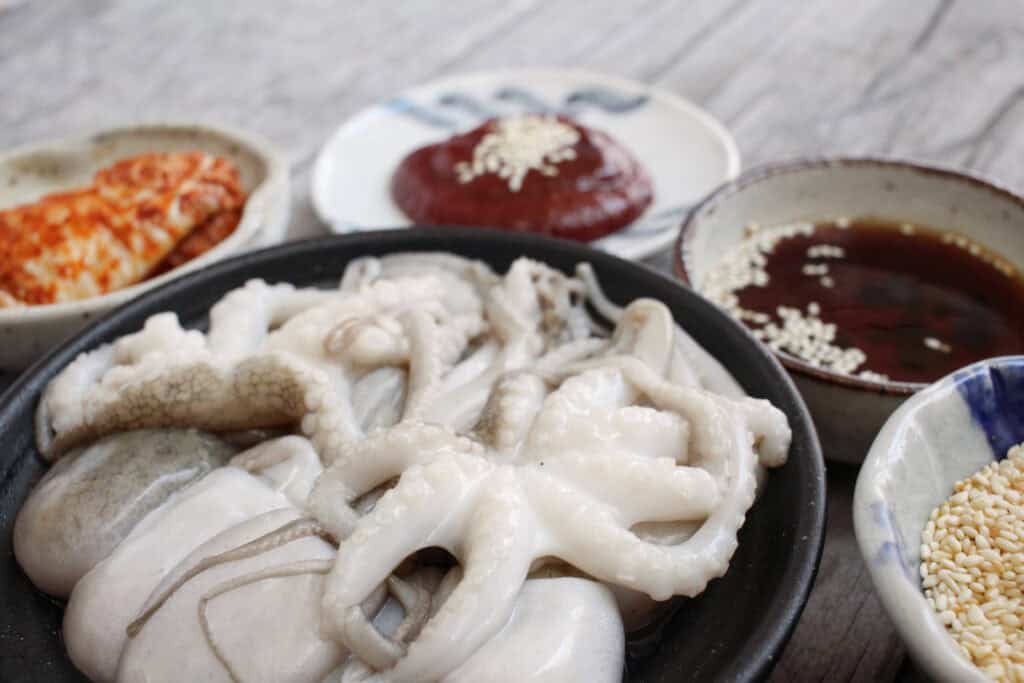
South Korea’s sannakji is a daring dish featuring raw, live octopus tentacles that continue to move on the plate. The octopus is chopped and seasoned with sesame oil and salt, and diners must chew carefully to avoid the suction cups sticking to the mouth or throat. Sannakji is enjoyed for its fresh taste and unique texture, offering a blend of flavor and thrill for those who try it. The experience embodies Korean culture’s appreciation for fresh ingredients and bold flavors. It’s often served as a delicacy in seafood markets, where freshness is prioritized.
Balut

Balut is a traditional street food in the Philippines consisting of a fertilized duck egg that contains a partially developed embryo. It is boiled and enjoyed warm, with the flavor and texture offering a unique mix of creamy yolk and tender meat. It is often seasoned with salt or vinegar to enhance its taste. The dish is believed to be rich in protein and is appreciated as a source of energy. While it may seem challenging to eat for some, it is celebrated as a flavorful delicacy in Filipino culture. Balut vendors are found throughout the Philippines, making it an accessible street food.
Surströmming
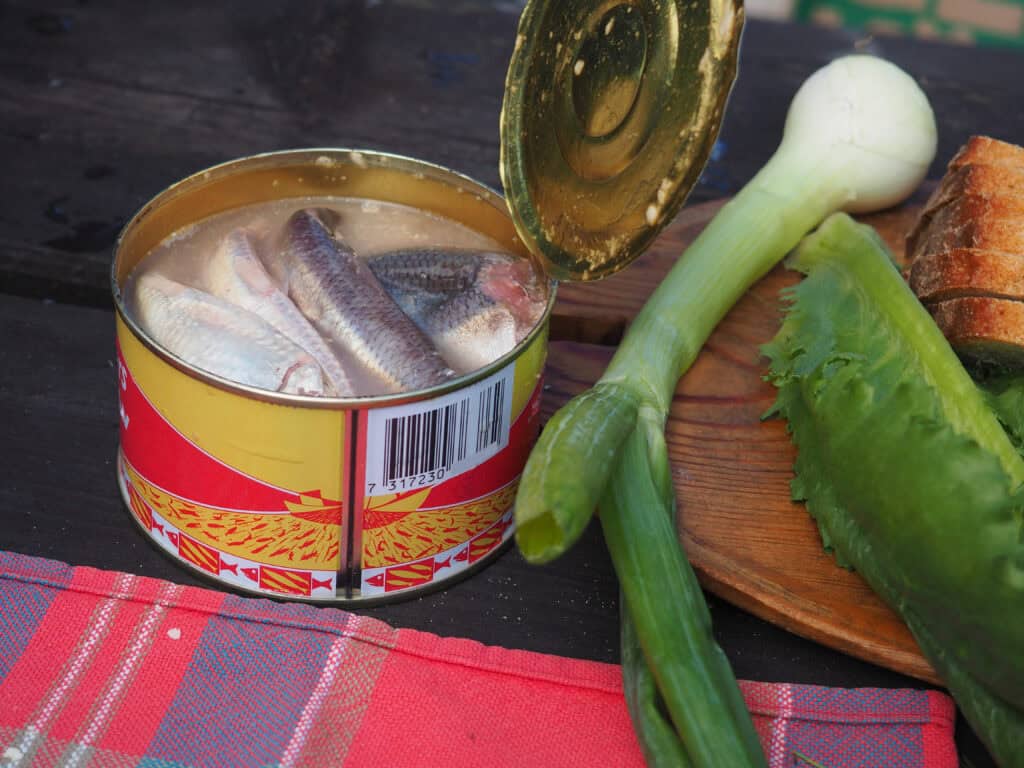
Sweden’s surströmming is a fermented herring dish with a strong odor that’s notorious even among those familiar with unique foods. The fish is packed into cans where it ferments over several months, developing an intense, tangy flavor. This dish is often eaten with flatbread and potatoes to balance its powerful taste. For Swedes, surströmming is a cultural icon, traditionally enjoyed in late summer outdoor gatherings. Its reputation as a challenging dish attracts food enthusiasts looking to try something daring. The aroma of surströmming can be overwhelming, adding to its infamous allure.
Fugu
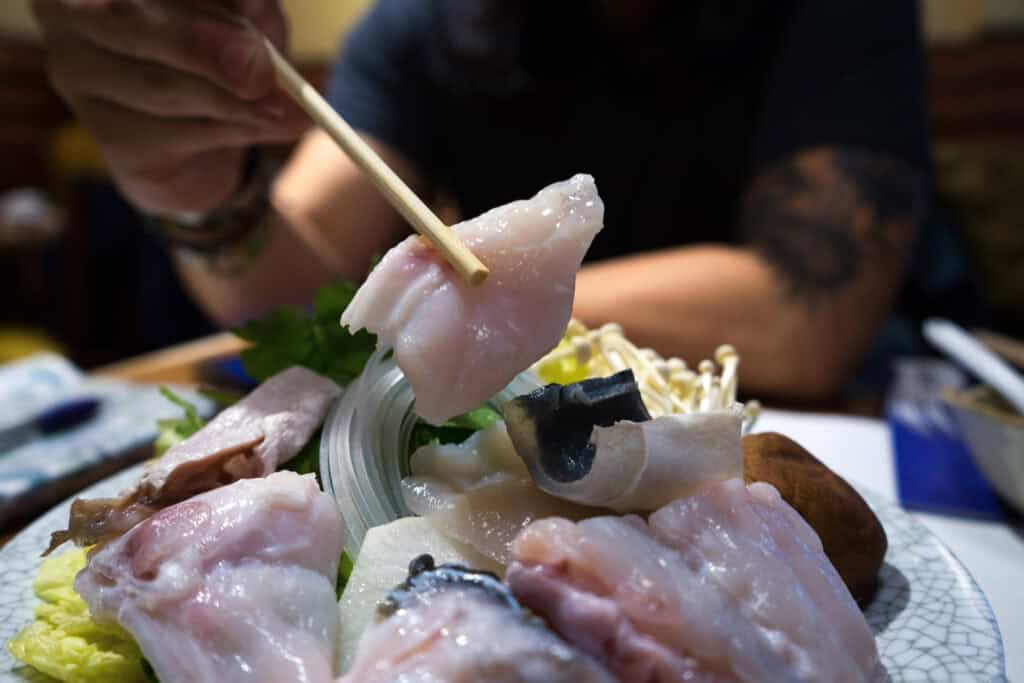
Fugu, or pufferfish, is a Japanese delicacy known for its potential danger, as parts of the fish contain a lethal toxin. Only licensed chefs can prepare it, ensuring the safe removal of the toxic organs. It is served as sashimi or in hot pots, showcasing a tender, mild flavor that seafood lovers enjoy. The thrill of consuming fugu adds to its appeal, making it a sought-after experience in Japan. This delicacy reflects the precision and skill of Japanese culinary traditions. Dining on fugu represents a unique blend of excitement and respect for food preparation.
Cuy
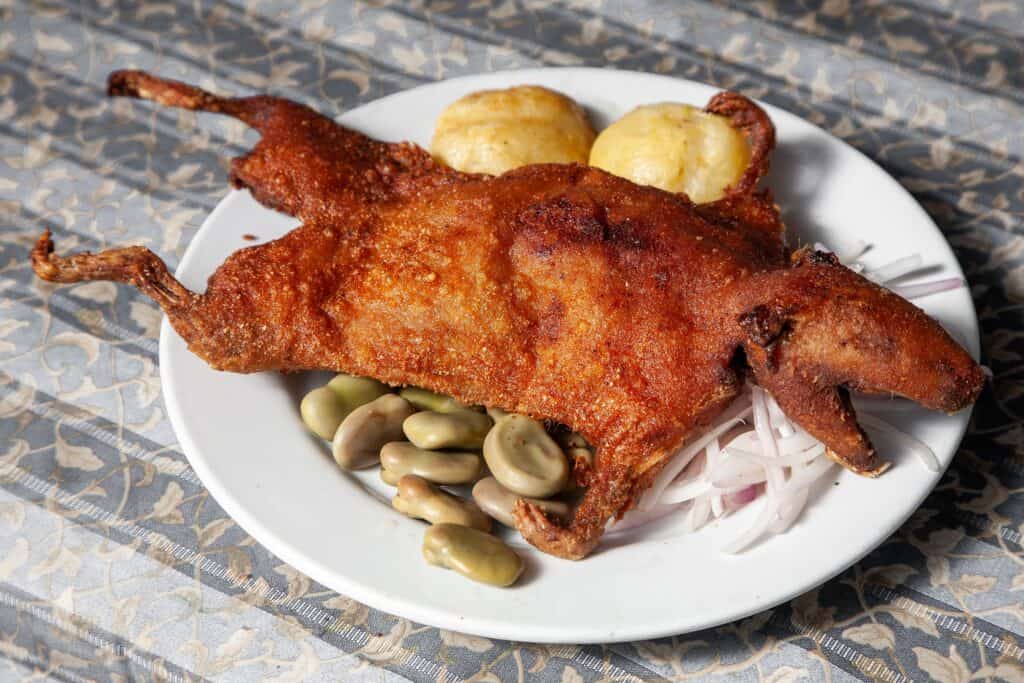
In Peru, cuy, or guinea pig, is a traditional dish that holds cultural significance as a staple in Andean regions. Often roasted or fried, it has a mild flavor, similar to a cross between chicken and rabbit, with crispy skin and tender meat. It’s commonly served whole and enjoyed during festivals and family gatherings. It reflects the historical practices of indigenous Peruvian communities, where guinea pigs are raised as a food source. For locals, it’s a dish that embodies heritage and connection to the land. Eating it allows visitors to experience an authentic part of Peruvian culture.
Black Pudding

Black pudding, a classic British and Irish sausage made from pig’s blood, oatmeal, and spices, is enjoyed as a breakfast staple. It’s valued for its hearty texture and rich flavor, often served fried alongside eggs and toast. This dish, dating back centuries, showcases a resourceful use of ingredients that might otherwise go to waste. It is a source of iron, making it a nutritious addition to meals. Its strong taste is appreciated by those who enjoy savory, earthy flavors. The sausage symbolizes the cultural importance of resourceful cooking in British and Irish history.
Chapulines
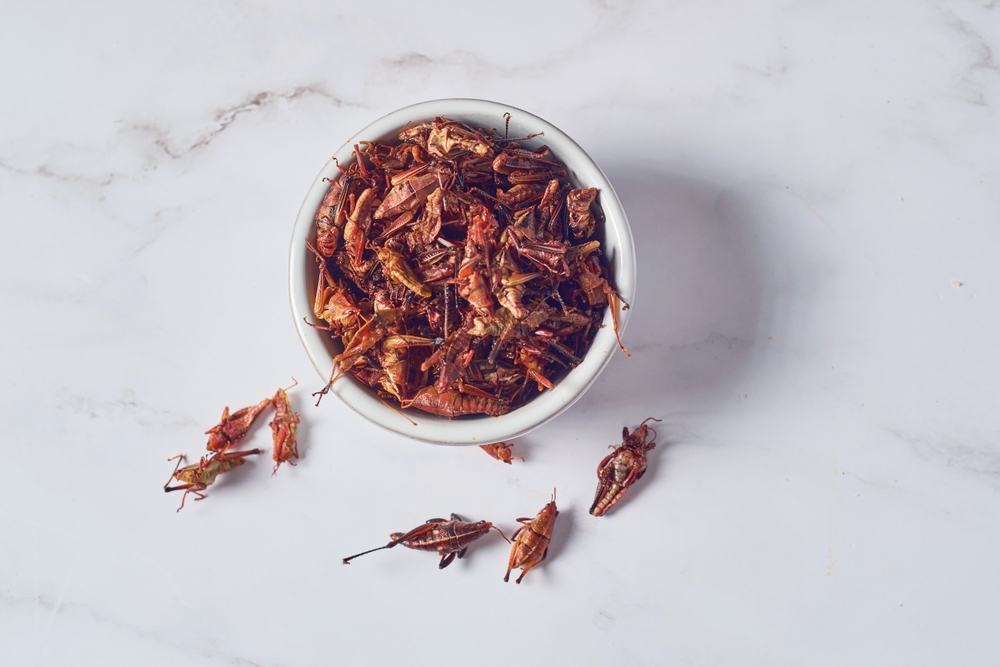
Chapulines, or grasshoppers, are a popular snack in Mexico, especially in Oaxaca. These insects are toasted on a comal and seasoned with spices like chili and lime, creating a crunchy, flavorful snack. They are rich in protein, offering a sustainable alternative to conventional meat. They’re often enjoyed with tortillas or as a topping for tacos, bringing a unique twist to traditional Mexican dishes. This delicacy dates back to pre-Hispanic times, reflecting Mexico’s deep agricultural history. Eating them is a way to connect with the cultural heritage of indigenous communities.
Stargazy Pie

Hailing from Cornwall, England, stargazy pie is a distinctive dish where fish heads poke through the pie crust, appearing to gaze at the stars. It traditionally uses pilchards and is filled with potatoes, bacon, and eggs. It was created to commemorate a legendary fisherman who saved his village from starvation. This savory pie is rich and hearty, with a taste that blends the flavors of the sea with comforting pie ingredients. It remains a symbol of Cornish pride and folklore. This dish represents an enduring tradition that reflects Cornwall’s fishing culture.
Mopane Worms
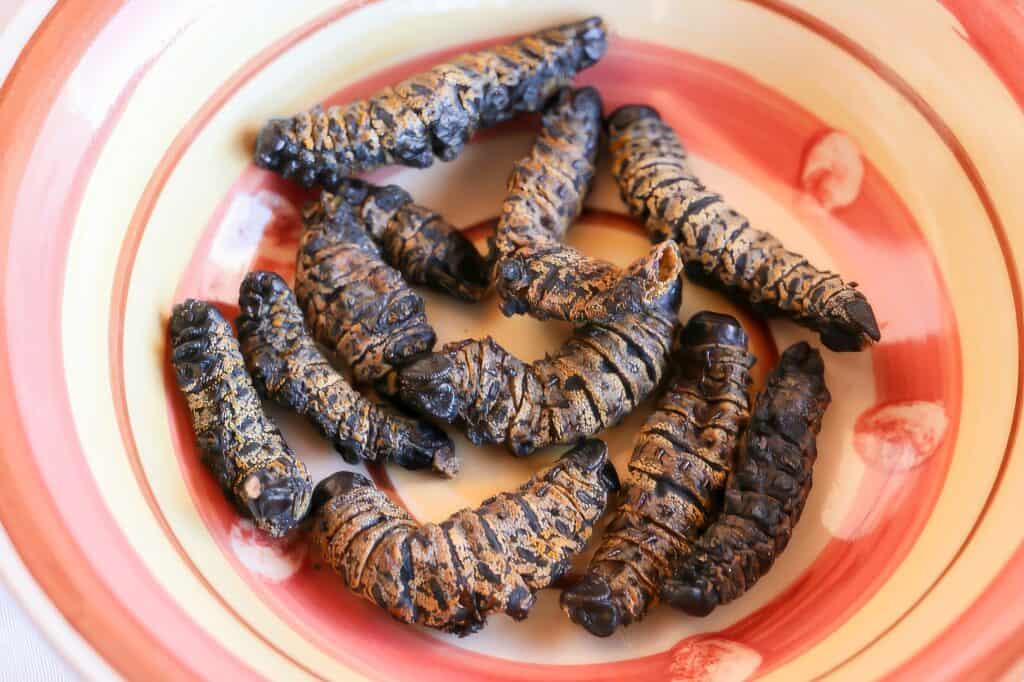
Mopane worms are edible caterpillars enjoyed in Southern Africa as a high-protein snack. These are harvested from mopane trees and dried or cooked, giving them a nutty flavor and crunchy texture. They’re a staple for many communities and are appreciated for their nutritional value. The sustainability of these makes them an eco-friendly food choice. Consuming them offers insight into local eating habits and ecological practices. They are often eaten with tomato and onion sauce for added flavor.
Poutine
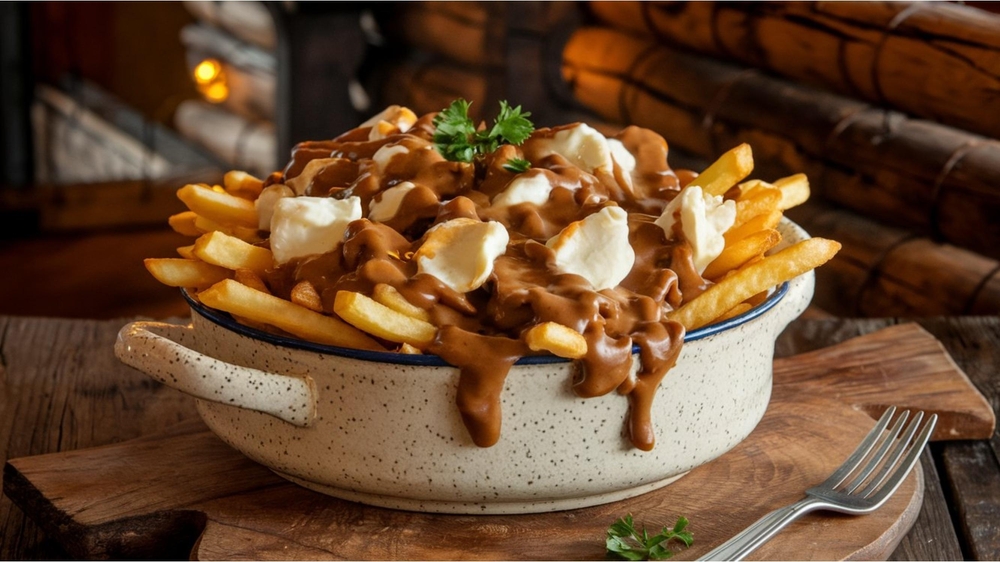
Poutine is a beloved Canadian comfort food that consists of French fries topped with cheese curds and smothered in gravy. This dish originated in Quebec and quickly became popular across Canada. Its appeal lies in its combination of flavors and textures, with crispy fries, melty cheese, and savory gravy. It’s a versatile dish, with variations that include toppings like pulled pork or smoked meat. Canadians embrace poutine as a symbol of national pride and culinary creativity. It’s commonly enjoyed at festivals, sports events, and late-night eateries across the country.
Natto
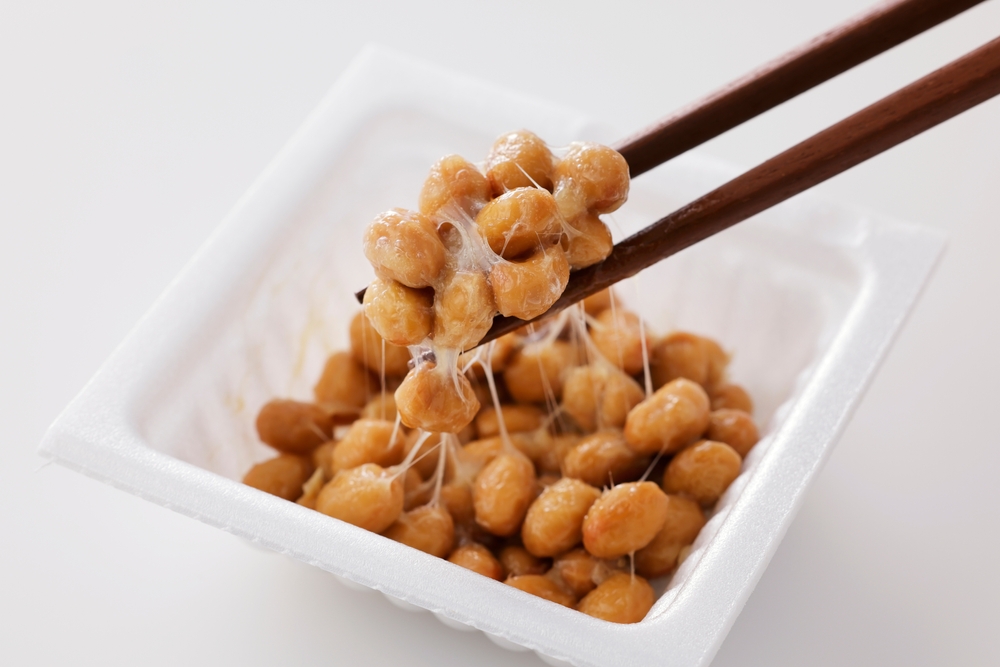
Natto is a traditional Japanese food made from fermented soybeans, known for its sticky texture and distinct, pungent aroma. This dish is rich in protein and probiotics, contributing to its popularity as a health food in Japan. Despite its strong smell and unique texture, it is enjoyed by many for its nutritional benefits. It’s often eaten with rice and garnished with green onions and soy sauce. It is believed to support digestion and immune health, making it a staple in Japanese diets. It remains an acquired taste that reflects Japan’s appreciation for fermented foods.
This article originally appeared on Rarest.org.
More from Rarest.org
11 Highly Desired Antique Kitchenware Items Collectors Treasure

Collecting antique kitchenware offers a glimpse into history while adding charm to any kitchen or display. From durable cast iron skillets to delicate china patterns, these items have both functional and decorative value. Read More.
12 Classic Cars Abandoned in Barns Now Worth Millions

Classic cars often carry a unique charm, but some of the most iconic ones have been left abandoned in barns, forgotten for decades. Hidden away and covered in dust, these cars have gained new life, becoming treasures worth millions. Collectors and enthusiasts are now discovering these relics, restoring their former glory, and witnessing their value skyrocket. Read More.
16 Elusive Big Cats That Roam the World`s Densest Jungles

The world’s jungles are home to some of the most elusive and mysterious big cats. These majestic creatures often hide in the shadows, making them difficult to spot even in the densest of forests. Read More.
